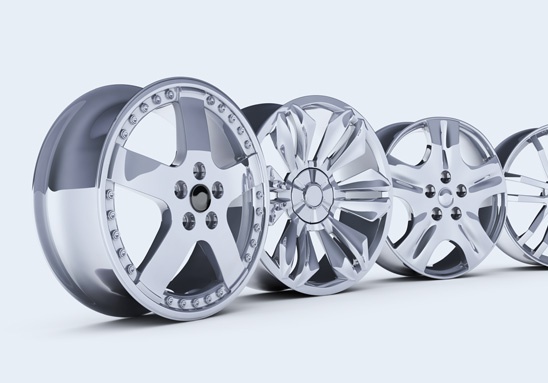oil seal dimension
Understanding Oil Seal Dimensions A Comprehensive Guide
Oil seals, also known as radial shaft seals, play a critical role in various mechanical systems. They are designed to seal in lubricants and prevent the ingress of contaminants, which is essential for the longevity and efficiency of machinery. To ensure the effectiveness of an oil seal, it is vital to understand its dimensions and how they relate to its application. This article will delve into the essential aspects of oil seal dimensions, their significance, and how to choose the right seal for your needs.
What are Oil Seal Dimensions?
Oil seal dimensions refer to the specific measurements that define the size and fit of the seal. These include the inner diameter (ID), outer diameter (OD), and thickness. Each dimension plays a crucial role in the performance of the seal. The inner diameter is the measurement of the seal that fits onto the shaft, while the outer diameter is the one that sits against the housing. The thickness determines how much compression the seal will have when installed.
Importance of Accurate Dimensions
Choosing an oil seal with the correct dimensions is essential for several reasons
1. Preventing Leaks An improperly sized seal may fail to provide the necessary compression, leading to leaks. If the ID is too large, it may not maintain a tight grip on the shaft, allowing oil to escape. Conversely, if it is too small, it could be challenging to install and may become damaged in the process.
2. Contaminant Protection The primary function of an oil seal is to keep contaminants out of the lubricant. A seal that fits perfectly will minimize the space through which dirt and debris can enter, thus prolonging the life of the oil and preventing damage to the machinery.
3. Operational Efficiency A correctly sized oil seal reduces friction and wear. It enables the machinery to run smoothly, which leads to improved performance and energy efficiency.
4. Cost-Effectiveness Selecting the right dimensions can also lead to cost savings in the long run. Avoiding leaks and the need for frequent maintenance can significantly reduce operational costs.
How to Measure Oil Seal Dimensions
Measuring oil seal dimensions requires precision. Here’s how it can be done
oil seal dimension

1. Inner Diameter (ID) Use a caliper to measure the diameter of the shaft where the seal will fit. Ensure to take measurements at several points to confirm there are no discrepancies due to wear or deformation.
2. Outer Diameter (OD) Measure the diameter of the housing where the seal will sit. Similar to the ID, check multiple points to ensure consistency.
3. Thickness Measure the thickness of the seal at its widest point. Accuracy is critical since this will impact how tightly the seal fits once installed.
Choosing the Right Oil Seal
When selecting an oil seal, consider the following factors in addition to the dimensions
1. Material Oil seals are made from various materials, including rubber, silicone, and polyurethane. The material should be suitable for the application, considering factors like temperature, chemical exposure, and wear resistance.
2. Profile The design or profile of the oil seal can affect its performance. Some seals feature additional lip designs to enhance sealing capability, especially in high-pressure environments.
3. Operating Conditions Consider the operating environment, such as temperature fluctuations, pressure, and exposure to contaminants, when choosing an oil seal.
4. Manufacturer Specifications Always refer to the manufacturer’s guidelines for selecting the appropriate oil seal based on the specific application. The dimensions, material, and design parameters should align with these specifications.
Conclusion
Understanding oil seal dimensions is fundamental for anyone involved in mechanical maintenance or engineering. Accurate measurements, combined with knowledge of materials and application requirements, ensure the effective performance of oil seals. By taking the time to choose the right seal with the correct dimensions, you can prevent leaks, protect against contaminants, and enhance the overall efficiency of your machinery. Thus, investing in proper seals not only safeguards equipment but also contributes to more streamlined and economical operations in the long run.
-
Understanding the Front Main Engine Seal: Purpose, Maintenance, and Installation
News Jul.29,2025
-
Understanding O-Rings and Seal Rings: Types, Applications, and Custom Solutions
News Jul.29,2025
-
Understanding Crankshaft Oil Seals: Rear Seals, Pulley Seals, and Their Role in Engine Integrity
News Jul.29,2025
-
The Importance of Front and Rear Crankshaft Seals in Engine Performance and Oil Management
News Jul.29,2025
-
Crank Oil Seals: Functions, Types, and Cost Considerations in Engine Maintenance
News Jul.29,2025
-
A Comprehensive Guide to O-Rings and Seals: Types, Materials, and Global Applications
News Jul.29,2025
-
Mastering Diesel and Performance Engine Maintenance: A Guide to Critical Oil Gaskets
News Jul.28,2025
Products categories















